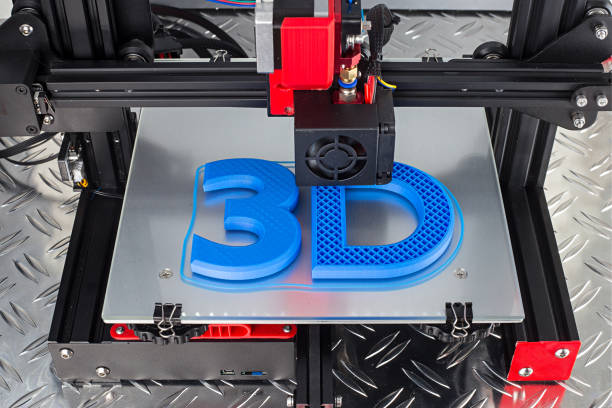A New Dawn: The Emergence of 3D Printing in the Automotive Industry
The automotive industry, a titan of technology and innovation, continues to evolve at a breakneck pace. But, in recent years, a new tool has emerged on the horizon, promising to shake up the way cars are manufactured—3D printing. This technology, while not entirely new, has only recently begun to be tapped for its vast potential within the automotive industry.

A Glimpse into the Past: The Genesis of 3D Printing
3D printing, also known as additive manufacturing, was first conceived in the 1980s by inventor Chuck Hull. He proposed a system of creating solid objects by successively “printing” thin layers of an ultraviolet curable material one on top of the other. Initially, the technology was used for creating prototypes and models. However, as technology advanced, so did the capacity of 3D printing. Today, it’s used in a range of industries, from healthcare to aerospace, and now, it’s carving its niche in the automotive world.
Making Strides: 3D Printing in Today’s Automotive Industry
The adoption of 3D printing in the automotive industry is still in its early stages, but its impact is already being felt. Car manufacturers are using this technology to create prototypes, custom parts, and even entire cars. Ford Motor Company, for instance, has been using 3D printing to create prototypes since 2017. Meanwhile, Italian automaker Lamborghini has incorporated 3D printing into their production process to create more lightweight and robust parts.
The Potential: Benefits and Challenges of 3D Printing
The benefits of 3D printing for the automotive industry are vast. Firstly, it allows for more customization. Car parts can be tailored to the exact specifications needed, allowing for more design freedom. Secondly, it can reduce waste. Traditional manufacturing processes often involve cutting away excess material, but with 3D printing, you only use what you need. Lastly, it can speed up the production process. Prototyping, in particular, can be done much faster with 3D printing.
However, like any technology, 3D printing is not without its challenges. The most significant is the cost. High-quality 3D printers and materials can be expensive, which can be a barrier for smaller manufacturers. Additionally, there are still questions about the durability and reliability of 3D printed parts. More research and testing are needed to fully understand the longevity of these components.
Looking Ahead: The Future of 3D Printing in the Automotive Industry
Despite the challenges, the future of 3D printing in the automotive industry looks bright. As the technology continues to improve and become more cost-effective, it’s likely to become a more integral part of the production process. Moreover, as we move towards more personalized and sustainable manufacturing processes, 3D printing could play a crucial role in shaping the future of the automotive industry.
In conclusion, while still in its early stages, 3D printing is poised to bring about significant changes in the automotive industry. As we continue to explore the possibilities of this technology, we can look forward to a future where cars are more customizable, manufacturing is more efficient, and the road to innovation is paved with endless possibilities.




